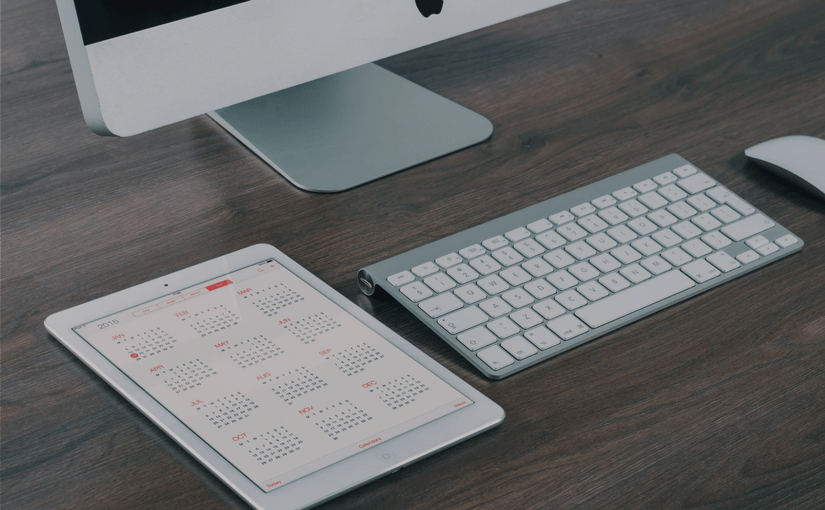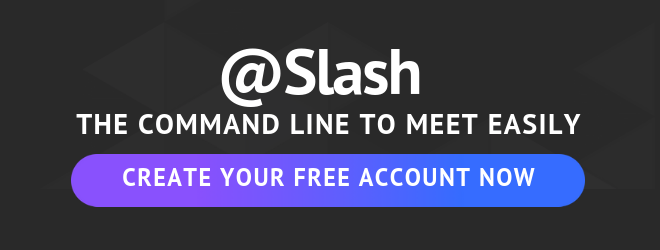Whether he works in a startup or an SME, a manager rarely has a moment to himself. To accomplish everything his job requires, he’ll need to manage his time in a smart way. Here are a few solutions to help manage a manager’s agenda more efficiently.
The Key Role of an Assistant
An article published in LesEchos Business (in French) entitled: “Manager’s assistant, a strategic asset for a company,” argued that polyvalent assistants “contribute enormously to the productivity of employers and to a company’s organization.” The job has certainly evolved in the last few decades! 80% of assistants surveyed by the French group Cegos observatory in 2015 believed their job was essential to their company. For some, the change is due to a growing use of new technology that has significantly changed the way people work. For others, the change is explained by the development of polyvalence in companies.
Even though assistants must assume more and more responsibilities, they aren’t the only ones managing managers’ time. In fact, other members of the company are regularly invited to program meetings for their bosses. In fact, a recent study realized for Doodle showed that each individual had dedicated at least 4 full work days per year to planning and coordinating meetings!
How can one manage a manager’s agenda while optimising one’s own time? Here’s how.

A toolkit for managing a manager’s agenda
1 – A shared agenda
The advantage of shared calendars like the one proposed by Outlook is that they simplify communication. Information is updated in real time. Changes can be color coded to identify the type of meeting (commercial, management, presse…). Users can also highlight priority and location. For his part, the manager can block out moments when he is unavailable to insure work-life balance.
2 – An app for prioritizing
Managing an agenda requires being able to manage present and future elements. One has to make room for last minute events and leave room for important work. In order to prioritize events and future tasks, the Eisenhower matrix can be an excellent tool. But it must be regularly updated. To really save time, it’s better to use an app that takes elements from the Eisenhower system. Focus Matrix for IOS and My Effectiveness for Android are two examples.
3 – A virtual assistant to delegate tasks
You see where I am going! 🙂 It’s impossible to talk about time management without talking about Julie Desk, our virtual assistant that offers users the possibility of saving at least an hour of planning and organizing meetings each day. For assistants, this tool is a chance to delegate. No more never-ending back and forth email chains, from now on, Julie takes care of it.
Managing an agenda requires the right reflexes
1 – Personalization
Each manager has their work habits and any agenda management must consider them. For example, some dislike morning meetings because they prefer taking advantage of them to work on regular tasks. Others appreciate meetings outside the office to be programmed during lunch, so they don’t feel like they’re wasting time. Whether its an assistant or a colleague planning the meeting, these preferences are essential to coordinating meetings at the right moments.
2 – Communication
It is also equally important to regularly meet one’s manager to discuss ongoing projects and any eventual changes in time management. If he is often “out of office,” it might be useful to use collaborative tools. Considered by many as the best social network for companies, Jive is an interactive platform that “encourages employees to better communicate on ongoing projects and be more productive.” With the help of the mobile app, Jive Daily, users are able to access the platform even when they’re away on business so they can communicate with colleagues whenever they choose!
Do you use solutions like these? Let us know!

